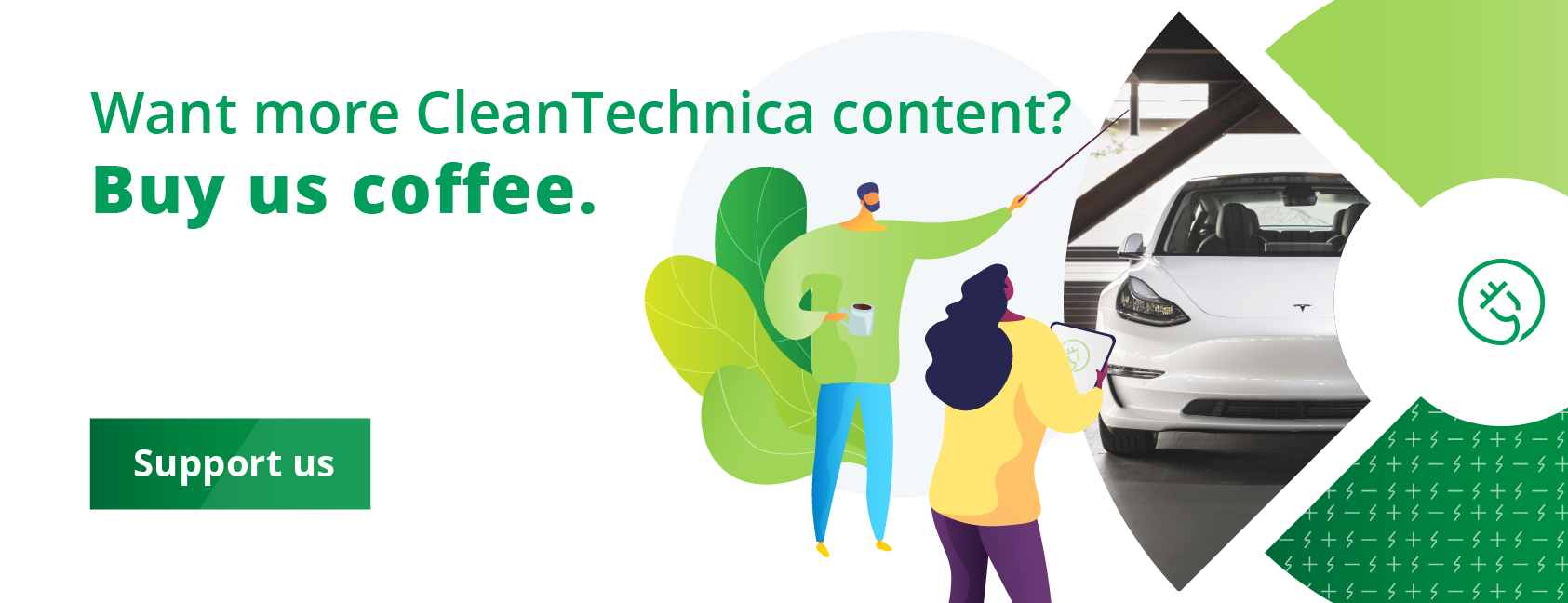
Behind the fancy nameplates on the cars we buy — Mercedes, BMW, Audi, and more — is an entire industry that supplies the parts and components that make those cars what they are. From seats and radios to touchscreens, windshields, and tires, suppliers bring the components needed to manufacture automobiles directly to the loading docks of vehicle factories around the world. The best of them are known collectively as Tier One suppliers, and within that group, Germany’s ZF is one of the best of the best, along with other prominent companies such as Bosch, Magna International, and Siemens.
ZF has 165,000 employees worldwide and operates 168 production locations in 32 countries. In fiscal year 2022, ZF reported sales of €43.8 billion. On its homepage, it describes itself as a global technology company supplying systems for passenger cars, commercial vehicles, and industrial technology, enabling the next generation of mobility.
ZF allows vehicles to see, think, and act. In the four technology domains of Vehicle Motion Control, Integrated Safety, Automated Driving, and Electric Mobility, ZF offers comprehensive product and software solutions for established vehicle manufacturers. The company is using a Porsche Taycan it calls EVbeat as a test bed for a suite of new products for electric cars.
With regard to advancing the cause of electric mobility, ZR announced on June 29 a new integrated drive unit for electric cars that weighs less and has higher torque than any of its competitors. “Sustainable mobility is at the core of our corporate strategy,” explained Stephan von Schuckmann, a member of the ZF Board of Management responsible for electrified driveline systems. “Based on an extremely efficient production vehicle, we are showing the potential that future electric drive components offer when we combine them into an even more efficient overall system.”
The company says its EVSys800 is a modular 800 volt drive unit that incorporates silicon carbide power electronics with the electric motor and a reduction gearbox. Compared to its current 800 volt drive unit, the EVSys800 is 40 kilograms (88 lb) lighter, which can result is a significantly lighter powertrain. Less weight under the hood means more capacity for people and things inside.
The unit has a continuous power rating of 206 kW with a peak of 275 kW. Maximum torque is said to be 70 Newton-meters per kilogram of weight. At 74 kilograms, that means the EVSys800 has over 5000 Newton-meters of torque available at the drive axle. The new package is 50 mm narrower than the current unit, thanks to a more compact reduction gearbox and the ZF-patented “Braided Winding” technology used to make the electric motor.
Such a high power drive unit is capable of generating lots of heat during full power operation. To address that, ZF directs cooling oil to flow directly around the copper rods inside the motor, which is where most of the heat is generated. The highly efficient cooling system significantly increases performance without increasing the size or weight of the drive unit.
The new unit also eliminates the need for rare earth materials so the electric motor can be manufactured in a more sustainable manner. The “Braided Winding” technology developed and patented by ZF is a further development of so-called wave winding, and enables a 10% reduction in the space needed inside the motor housing. It also reduces the amount of copper required by about 10%. The inverter of the electric drive has been completely redesigned, as have all other essential components.
A new coaxial reduction gearbox transmits the drive forces of the electric motor via two planetary gear sets. They not only generate the desired final drive ratio, but also perform the fully integrated differential function. Compared with conventional offset concepts, in which the input and output shafts are not on the same axis, the coaxial solution reduces weight and installation space requirements without compromising on efficiency, noise, and vibration. In combination with Braided Winding technology, this drive can be made significantly shorter, allowing installation in almost any vehicle’s installation space.
“Our goal was to make this drive as compact and lightweight as possible while maintaining high driving dynamics and increasing efficiency in real world operation,” said Dr. Otmar Scharrer, Head of Development for Electric Driveline Systems at ZF. “In terms of torque density, we are at the top of the podium when we compare ourselves with e-drives for passenger cars currently available on the market. At the same time, we paid strong attention to the sustainability aspect during development. With this system, we can perfectly meet the main requirements of our customers — namely efficiency, performance and costs.” The first production units of the new ZF driveline will be available beginning in 2026.
Revised Heating & Cooling System
Heating and cooling can drain a lot of power from the batteries of electric cars. Not only does the passenger compartment need to stay at a comfortable temperature, the battery pack must also be cooled during high power charging, or heated in cold weather.
In addition to its new EVSys800 power unit, ZF has also developed a digitally controlled integrated heating and cooling system called TherMaS that is light weight and compact enough to fit into most of today’s vehicles. The heart of the system is an 800 volt heat pump that uses propane as the refrigerant.
It may sound counterintuitive to use a fossil fuel in an electric car, but propane heat pumps are among the most efficient available today. Efficiency is the number one priority for electric vehicles in order to travel long distances without recharging. ZF says the TherMaS system can increase the range of an electric vehicle by as much as a third during cold weather operation.
The TherMaS concept has three designated circuits. At the center is the very small refrigerant circuit that is pre-filled and hermetically sealed to make it maintenance-free. In addition, the concept has no interfaces to other vehicle areas, such as the interior. ZF uses the fluorine-free natural refrigerant propane. The new system uses only half as much refrigerant as a conventional heat pump, yet delivers twice as much cooling power. The system is designed to meet both the comparatively high temperatures of the electric motor and regulate the temperature of the power and charging electronics. The control software regulates the cooling capacity.
Electronic Control Systems & The Cloud
ZF has developed its own powertrain software that networks all vehicle systems with each other and establishes the connection to the ZF cloud. The company says its new software package can anticipate the optimum operating temperatures for any electric car based upon the driving profiles or individual drivers, and prepare the system accordingly. For example, air conditioning and system cooling are reduced when short distances are detected.
The electronic assistance system can also give drivers direct advice on how to use the electric vehicle efficiently. For example, efficient acceleration and deceleration as well as an optimized maximum speed are displayed, which is particularly valuable when it comes to calculating an accurate and practical range before a journey begins.

The Takeaway
ZF doesn’t build cars, it makes the components that allow automakers to produce better cars — and camping trailers. Today, many companies prefer to bring their supply chains in house. Tesla, for example, doesn’t buy seats from a supplier. It makes them itself to its own specifications. And yet, an outside supplier like ZF may be able to use economies of scale to make components available for less cost than a manufacturer can achieve by building them itself.
It’s a delicate dance, but ZF has risen to the level of a top tier supplier by delivering quality products on time and on budget. If it can build a better drive unit, cooling system, or cloud-based package, its reputation will ensure it always has plenty of customers. And not every company wants to go the vertical integration route. Research and development is expensive, and if a trusted partner is willing to do the heavy lifting, the manufacturer may get a superior product at a relative bargain.
I don’t like paywalls. You don’t like paywalls. Who likes paywalls? Here at CleanTechnica, we implemented a limited paywall for a while, but it always felt wrong — and it was always tough to decide what we should put behind there. In theory, your most exclusive and best content goes behind a paywall. But then fewer people read it! We just don’t like paywalls, and so we’ve decided to ditch ours. Unfortunately, the media business is still a tough, cut-throat business with tiny margins. It’s a never-ending Olympic challenge to stay above water or even perhaps — gasp — grow. So …



